Intro
Like many of the African countries, there are not any (known) horses native to Uganda. There is only one listing for the country and they are simply called ‘Horse’.
Read more
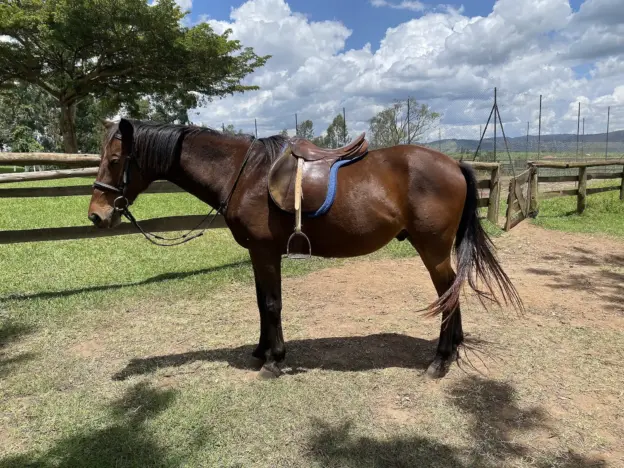
Like many of the African countries, there are not any (known) horses native to Uganda. There is only one listing for the country and they are simply called ‘Horse’.
Read more
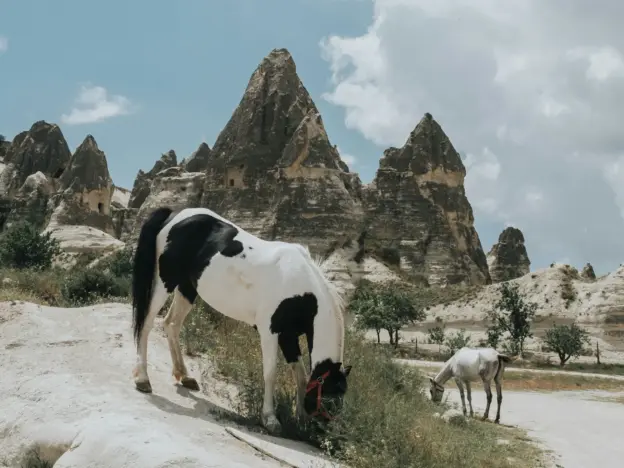
Not a necessarily a breed in their own right, the Turkish Colored or Alaca Horse refers to pinto animals found in the country (there are quite a lot). Spotted animals are likely to mostly come from similar genetics and were likely imported to the area.
Read more
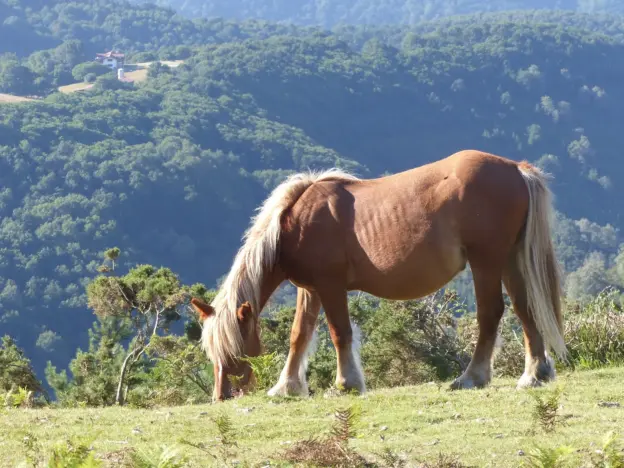
The Caballo de Monte de País Vasco or Basque Country Mountain Horse is named for the Autonomous Community where it is found in Basque Country, Spain.
Read more
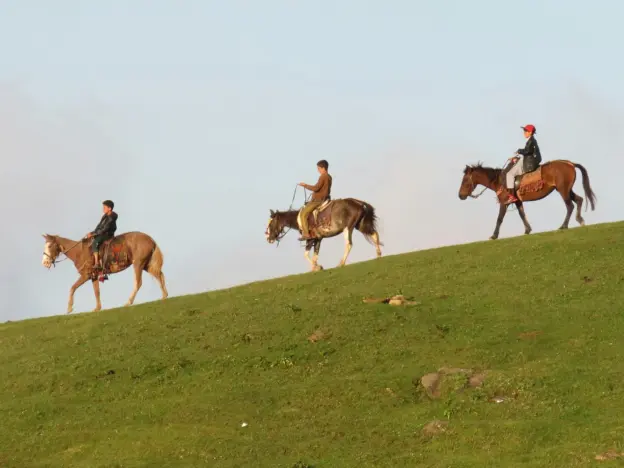
Like many of the breeds found in Pakistan, the Makra Horse is a light saddle horse, often found with extreme curved ears.
Read more
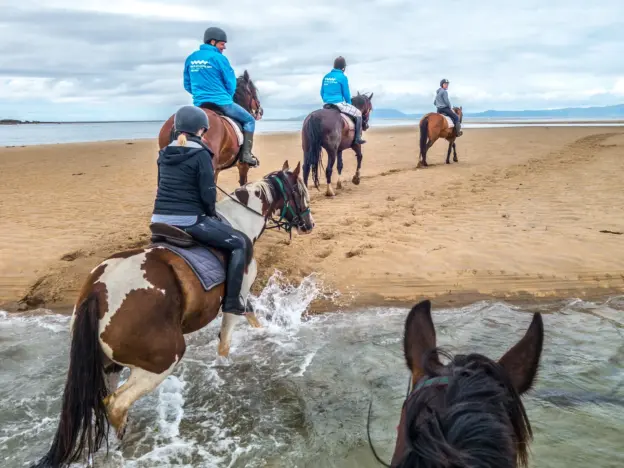
Also called Irish Piebald and Skewbald, the Irish Pinto is a color breed, much like the American Paint Horse. The breeding objective of the registry is the preservation and promotion of spotted breeds (including Appaloosa), while identifying and recording bloodlines that carry spotted genetics.
Read more

Similar to other breeds or types in the area, the Spiti is a dwarf mountain horse found in the Spiti District from which it takes its name. There are two strains of the breed, pure Spiti and Konimare, which tends to be taller than pure bloods.
Read more
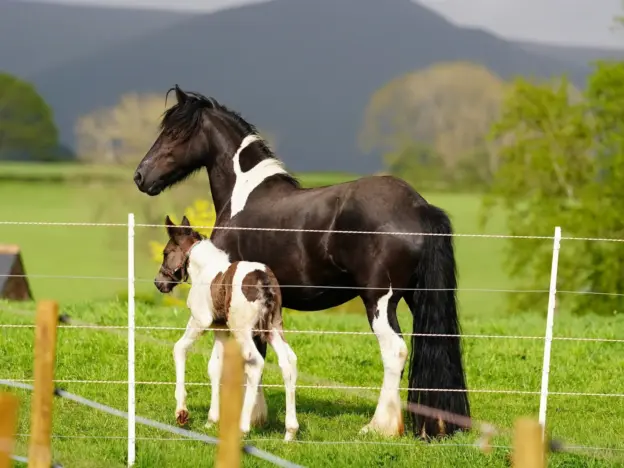
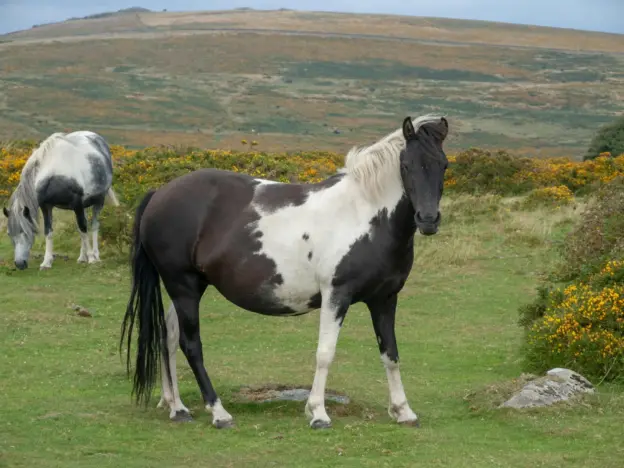
Also called British Piebald and British Skewbald, the British Pinto pony is much like the American Paint Pony. They are considered a color breed and registered based on coat characteristics rather than conformation or bloodlines.
Read more
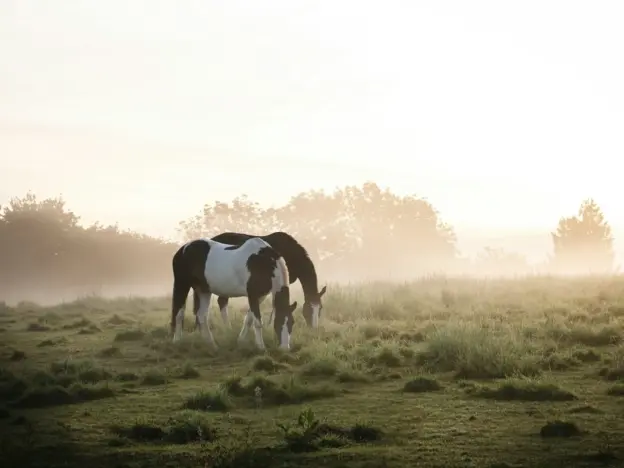
Also called British Piebald and British Skewbald, the British Pinto horse is much like the American Paint breed. They are considered a color breed and registered based on coat characteristics rather than conformation or bloodlines.
Read more
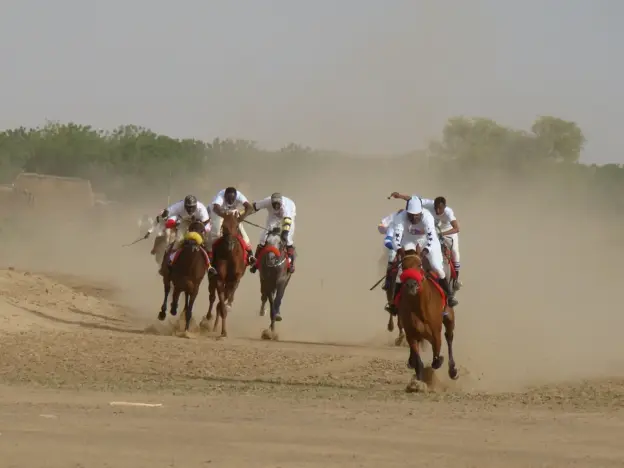
The Sudan Country-Bred or SCB is a relatively new breed developed in the 20th century that comes from Sudan in northeastern Africa. They are a mixture of Arabian, Thoroughbred and Dongala horses.
Read more